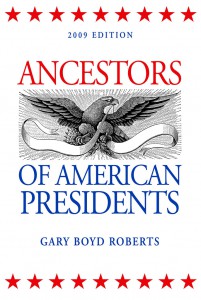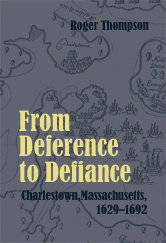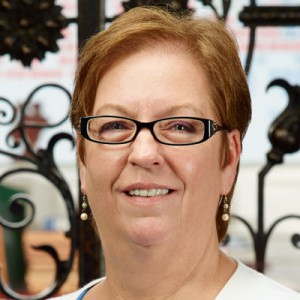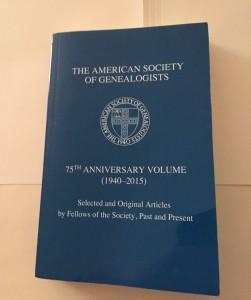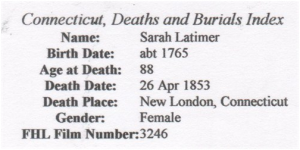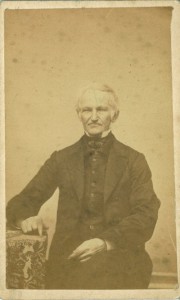
In writing about the marital travails of my great-great-great-great-grandfather Moses Lyon (1793–1865), I was reminded of another topic that comes up frequently in consultations with NEHGS members: the use of suffixes such as Jr., 2nd, 3rd, etc. Today most people named Jr. are the child of someone with that name, and suffixes such as III , IV, or V usually denote a descent from an earlier ancestor with that name. It is often assumed that this was the practice in earlier times, which was not the case at all, even a century or more ago.
Usually the notation “Jr.” or “2nd” just meant that someone else with the same name lived in the same town and was older. That was really all there was to it. They could be father and son, uncle and nephew, first cousins, or not related at all. Continue reading Know your suffixes
